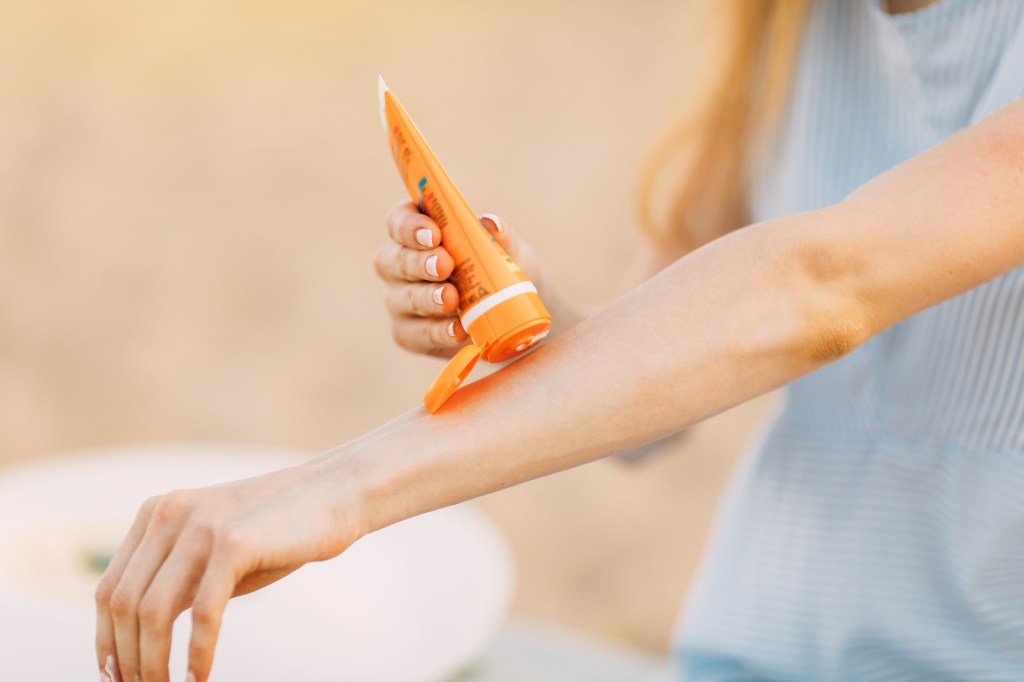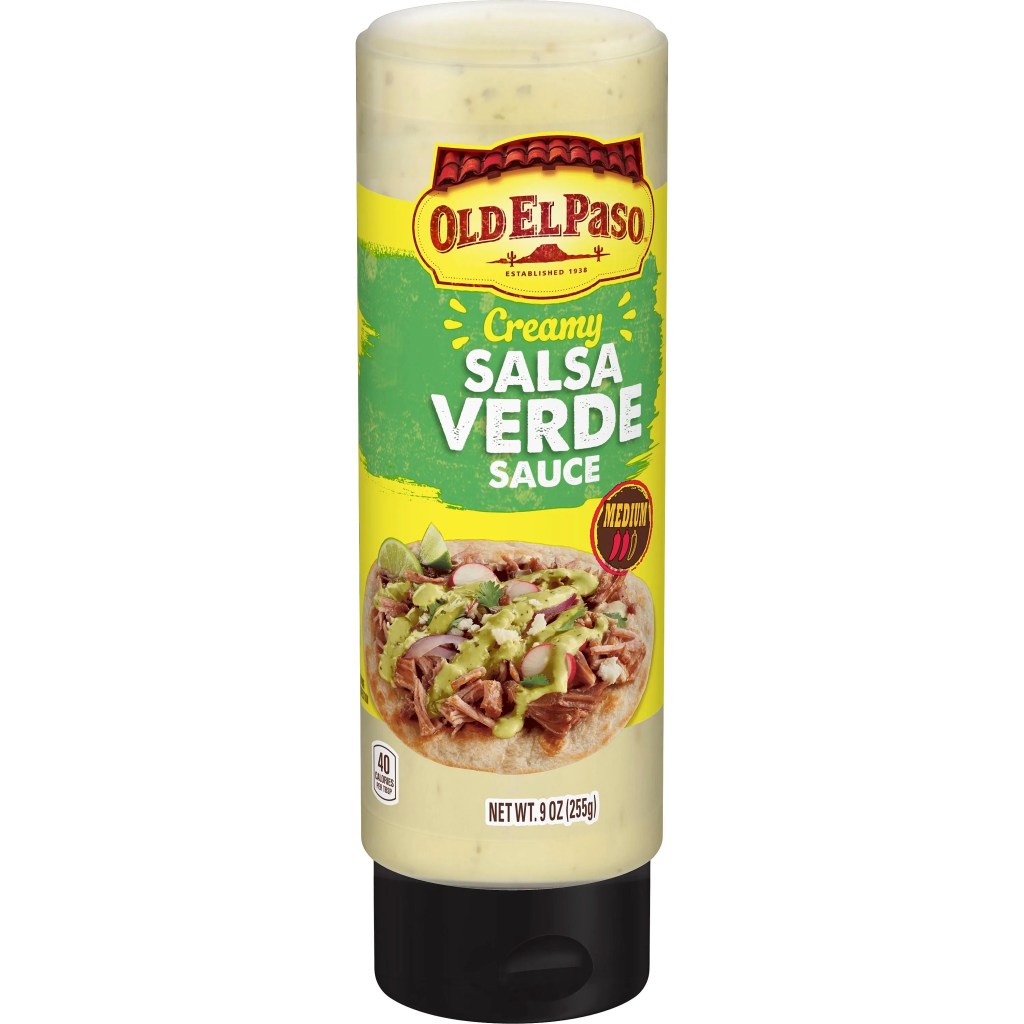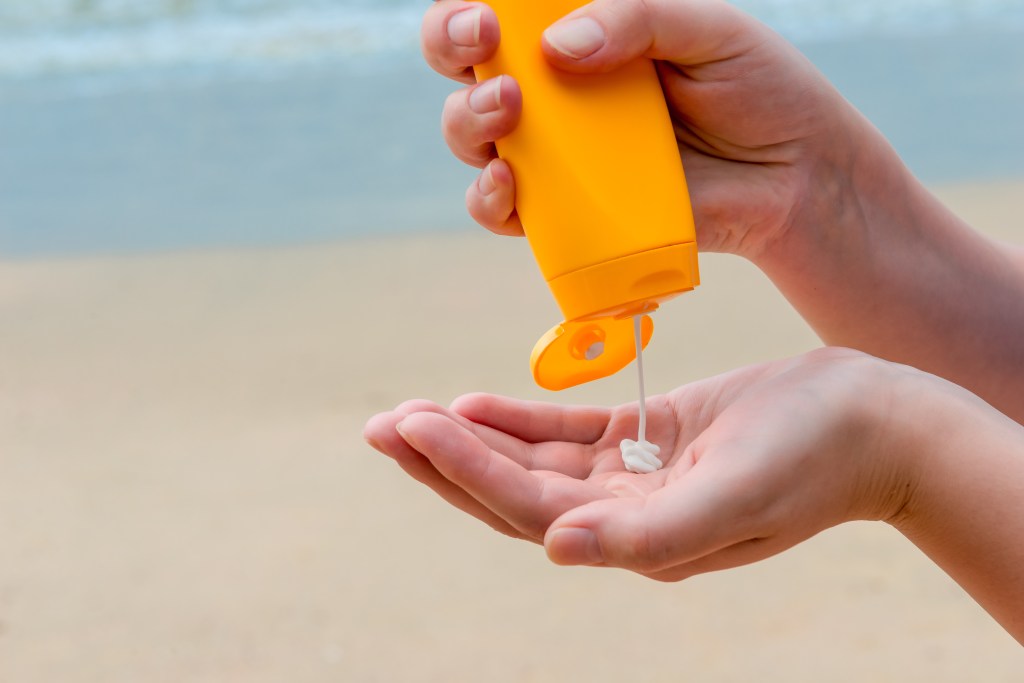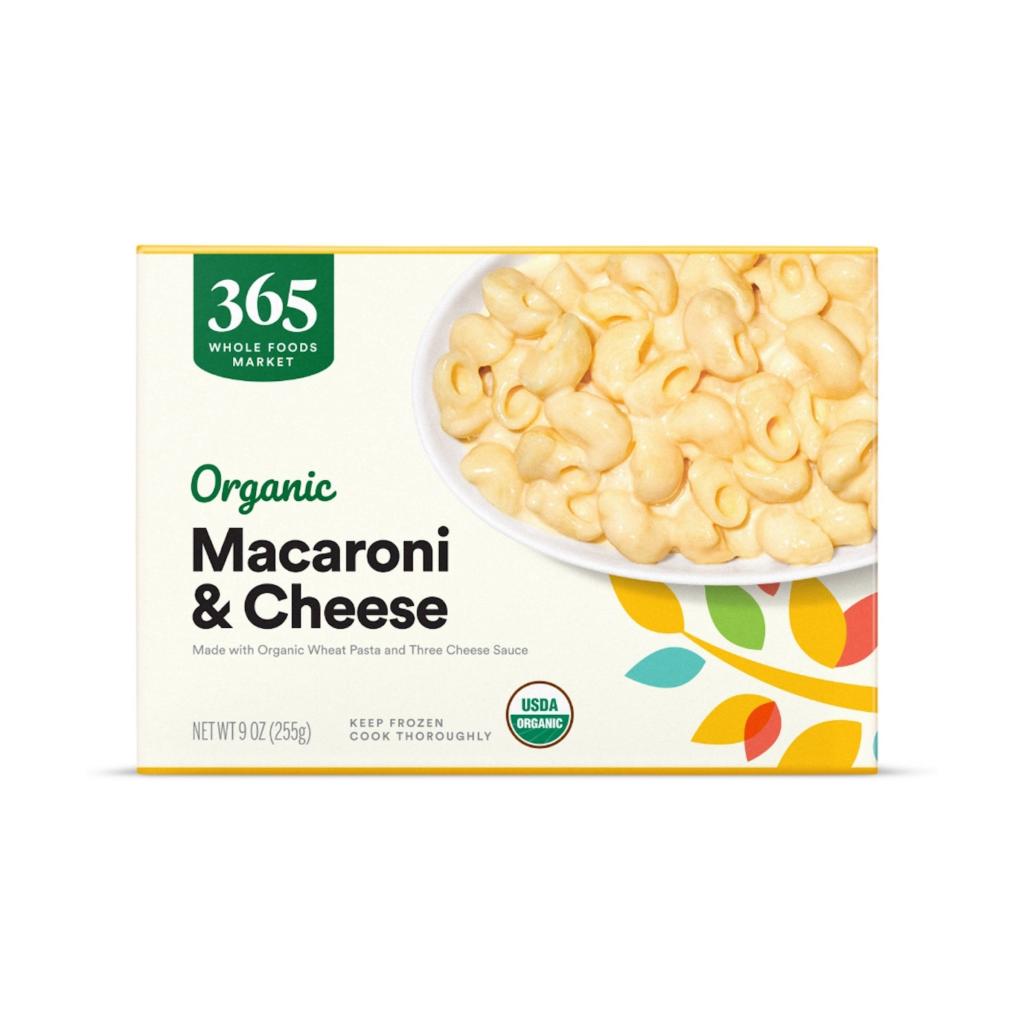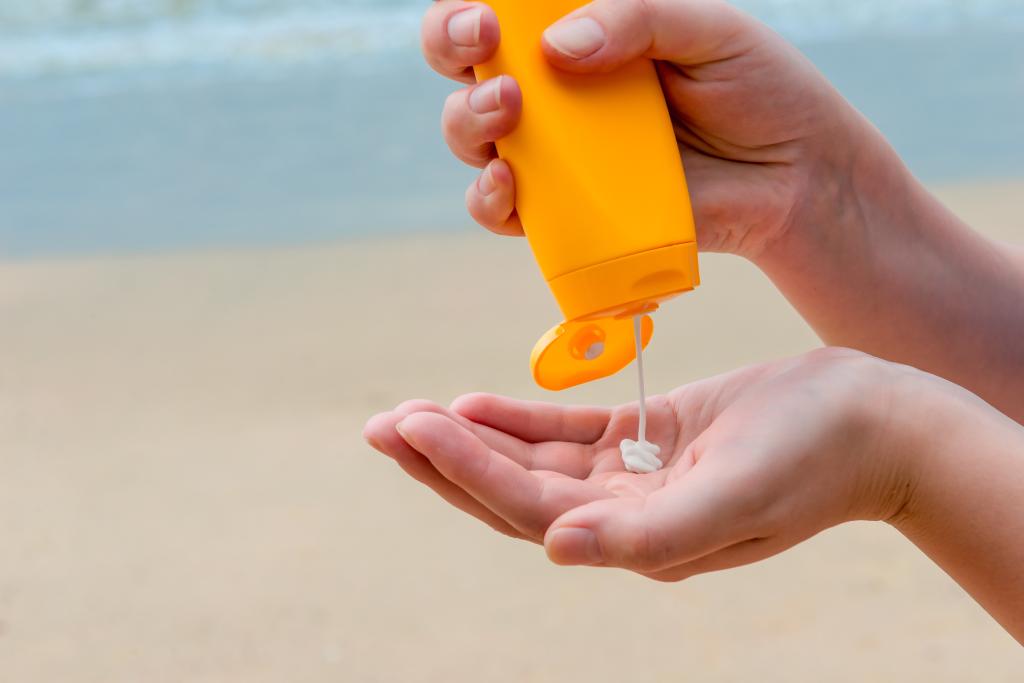You’re probably eating sunscreen — this common cosmetic ingredient is also used as a food additive
This news might put a bad taste in your mouth.
Titanium dioxide, a common ingredient in sunscreen and cosmetics, can likely be found in some of your favorite foods, including various kinds of candy, gum, pre-packaged meals like frozen pizza and more.
The additive — a powdery metallic compound — is used to enhance the color of cosmetic products to make them brighter, and has UV resistance that is useful in sunblock, per Healthline.
It has also been found in tattoo ink, certain medications and feminine hygiene products.
But food-grade titanium dioxide — which differs from the kind of titanium dioxide found in paints, papers and plastics — is used to improve the quality of color and prolong the shelf life of some processed foods, which has raised concerns about its safety.
“The concern is that when titanium dioxide is ingested — especially in the nanoparticle form — it can enter our cells and generate radicals to cause disruption to the cell, which then can become cancerous,” Dr. Keith Warriner, a researcher and food science professor at the University of Guelph, told Food & Wine.
The International Agency for Research on Cancer has classified titanium dioxide as a Group 2B carcinogen — meaning it has the potential to be cancer-causing — but there is a lack of research to support a link between titanium dioxide and cancer.
“To put that in perspective, this is the same group as mobile-phone devices,” Warriner noted.
According to Dr. Heidi Silver, a research professor of medicine at Vanderbilt University Medical Center, titanium dioxide exposure — at a higher concentration that what humans consume in food — has been shown to result in tumors in the lungs and thyroids of rodents.
The Wall Street Journal reported that a small study found a potential link between titanium dioxide consumption and gut inflammation, which poses an increased risk of disease.
Such findings have raised concerns among watchdog groups and consumers.
A since-dismissed 2022 lawsuit against candymaker Mars claimed that the inclusion of titanium dioxide in Skittles is toxic, while that same year, TikTokers claimed the titanium dioxide in tampons posed a health risk, although experts debunked their allegations as largely misleading.
The California Assembly also attempted to ban the additive last year, following in the footsteps of The European Food Safety Authority, an agency in the European Union which implemented a ban on titanium dioxide in food two years ago.
“A critical element in reaching this conclusion was that EFSA could not exclude genotoxicity concerns after consumption of titanium dioxide particles,” a representative from the EFSA told Food & Wine.
“After oral ingestion, the absorption of titanium dioxide particles is low. However, they can accumulate in the body.”
In the US, however, titanium dioxide is considered safe for consumption by the Food and Drug Administration, which regulates how much of the additive can be used in food, although the Environmental Defense Fund has petitioned for it to be banned by the FDA.
According to the FDA, regulatory bodies in the UK and Canada do not agree with the EFSA’s conclusions regarding titanium dioxide, doubling down on the additive’s safety.
“When consumed within regulated limits, I have no concern with the use or consumption of food-grade titanium dioxide,” Dr. Joe Zagorski, a toxicologist at Michigan State University’s Center of Research on Ingredient Safety, told Food & Wine.
But if you’re worried about consuming titanium dioxide, it’s required to be listed on the labels — although it is often hidden as “artificial color” or “color added” on packaged foods, experts noted — and some manufacturers are scaling back on the inclusion of the additive.
The best thing you can do, experts added, is to diversify your diet.
“Individuals who vary the foods and beverages in their diet limit the consumption of any single ingredient,” said Zagorski.








